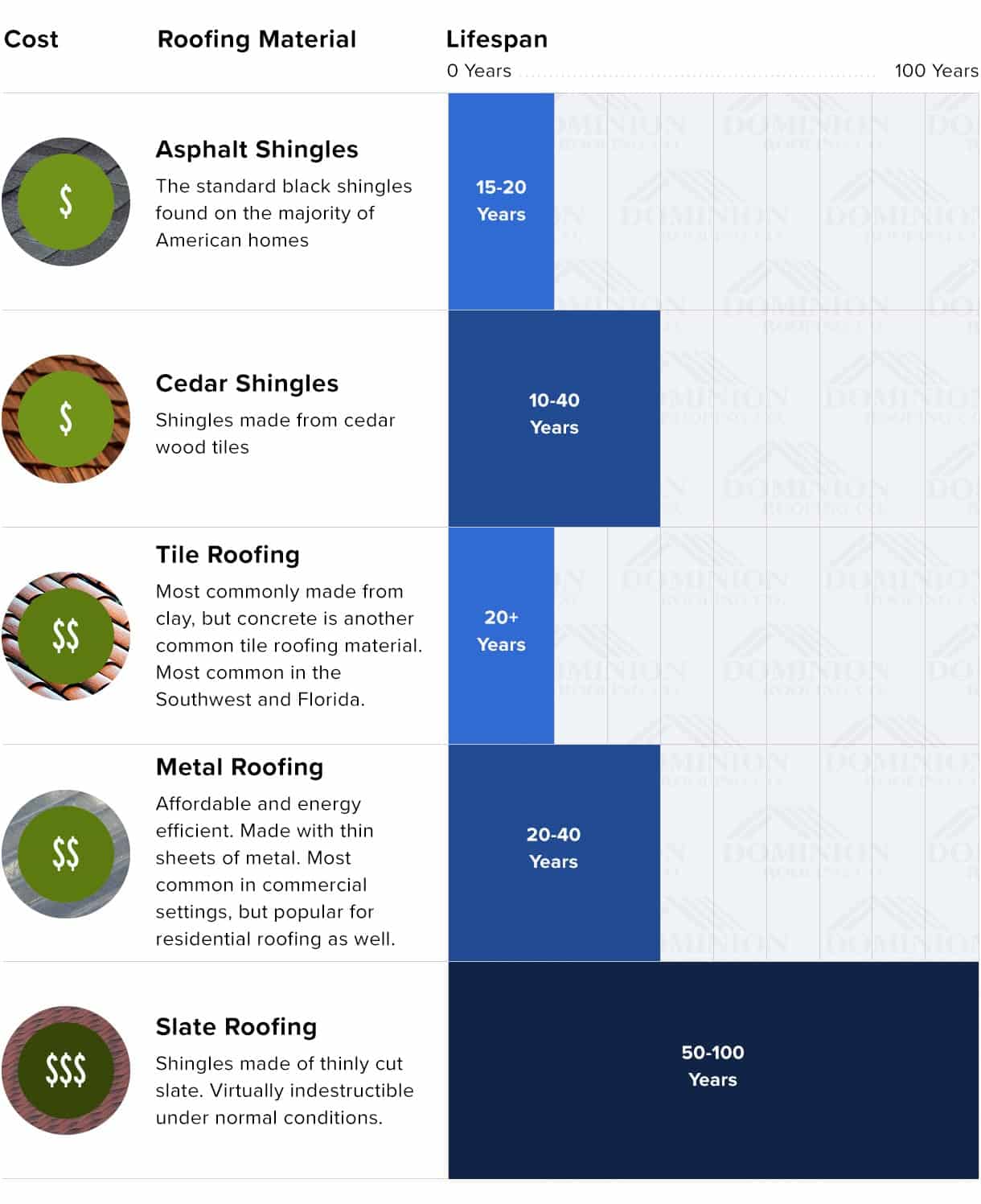Recognizing The Modern Technology And Functionality Of Solar Panels: A Newbie'S Introduction
Recognizing The Modern Technology And Functionality Of Solar Panels: A Newbie'S Introduction
Blog Article
find out here now Created By-Espensen Hendriksen
So, you've read about solar panels and their possible to create electrical power from sunshine, yet exactly how exactly do they work? Understanding the intricate innovation behind photovoltaic panels can be a fascinating journey into the globe of renewable energy. From the basic principles of photovoltaic cells to the complex elements that compose a solar panel system, there's a whole world of expertise waiting to be explored. Allow's unwind the mysteries of photovoltaic panel modern technology together.
Photovoltaic Panel Technology Principles
To genuinely understand the essence of solar panel modern technology, you have to look into the essential principles that underpin its capability. Photovoltaic panel include photovoltaic cells, generally made from silicon, which have the impressive ability to convert sunlight right into electrical power through the photovoltaic or pv impact. When sunshine strikes the cells, the photons in the light interact with the silicon atoms, triggering the electrons to damage free from their atomic bonds. This creates an electric current that can then be used for powering different gadgets.
The key element of photovoltaic panels is the semiconductors within the solar batteries, which help with the conversion of sunshine into usable electrical power. These semiconductors have both positive and negative layers, producing an electrical field that enables the circulation of electrons.
This flow of electrons, when attached in a circuit, produces direct present (DC) electrical power. Comprehending these fundamental concepts is essential for valuing just how photovoltaic panels can harness the sun's energy to power homes, businesses, and even satellites in space.
How Solar Panels Generate Electricity
Photovoltaic panel harness the sun's power by converting sunlight into electrical power with a process called the photovoltaic effect. When sunshine strikes the solar panels, the photons (light bits) are soaked up by the semiconducting materials within the panels, normally made from silicon. https://solarpanelsforcommercialb32221.blog-kids.com/29526225/untangling-the-misconceptions-of-solar-installment-determining-what-is-true-and-what-is-not generates an electrical current as the photons knock electrons loosened from the atoms within the material.
The electrical fields within the solar cells then force these electrons to move in a details instructions, producing a direct existing (DC) of power. This direct current is then gone through an inverter, which converts it into alternating current (AIR CONDITIONER) electrical energy that can be utilized to power your home or company.
Excess electrical energy produced by the solar panels can be saved in batteries for later use or fed back right into the grid for credit report via a procedure called internet metering. Comprehending just how photovoltaic panels generate electrical energy is crucial to appreciating the ecological and cost-saving benefits of solar energy systems.
Recognizing Solar Panel Parts
One critical element of solar panel innovation is recognizing the various parts that make up a photovoltaic panel system.
The key parts of a solar panel system include the photovoltaic panels themselves, which are made up of solar batteries that transform sunlight into electrical power. These panels are installed on a framework, usually a roof covering, to catch sunshine.
Along with https://selling-solar-panels86531.liberty-blog.com/29448622/clarifying-solar-installation-myths-distinguishing-in-between-established-realities-and-frauds , there are inverters that transform the straight current (DC) power produced by the panels into rotating present (AC) electrical energy that can be utilized in homes or companies.
The system additionally includes racking to support and position the photovoltaic panels for optimal sunlight direct exposure. Furthermore, wires and connectors are necessary for transporting the power generated by the panels to the electrical system of a structure.
Last but not least, a surveillance system might be included to track the performance of the solar panel system and guarantee it's working effectively. Comprehending these elements is essential for any person looking to install or utilize solar panel modern technology successfully.
Final thought
Since you understand the essentials of solar panel innovation and how it functions, you can appreciate the power of using sunlight to create clean and renewable energy for your building. By utilizing the solar effect and elements like inverters and keeping track of systems, you can contribute to a much more lasting future while likewise potentially minimizing power prices. Keep understanding and checking out the opportunities of solar power for a greener tomorrow.
